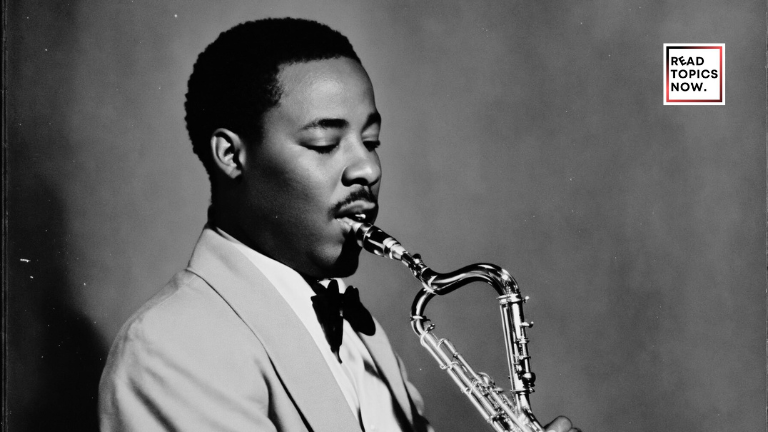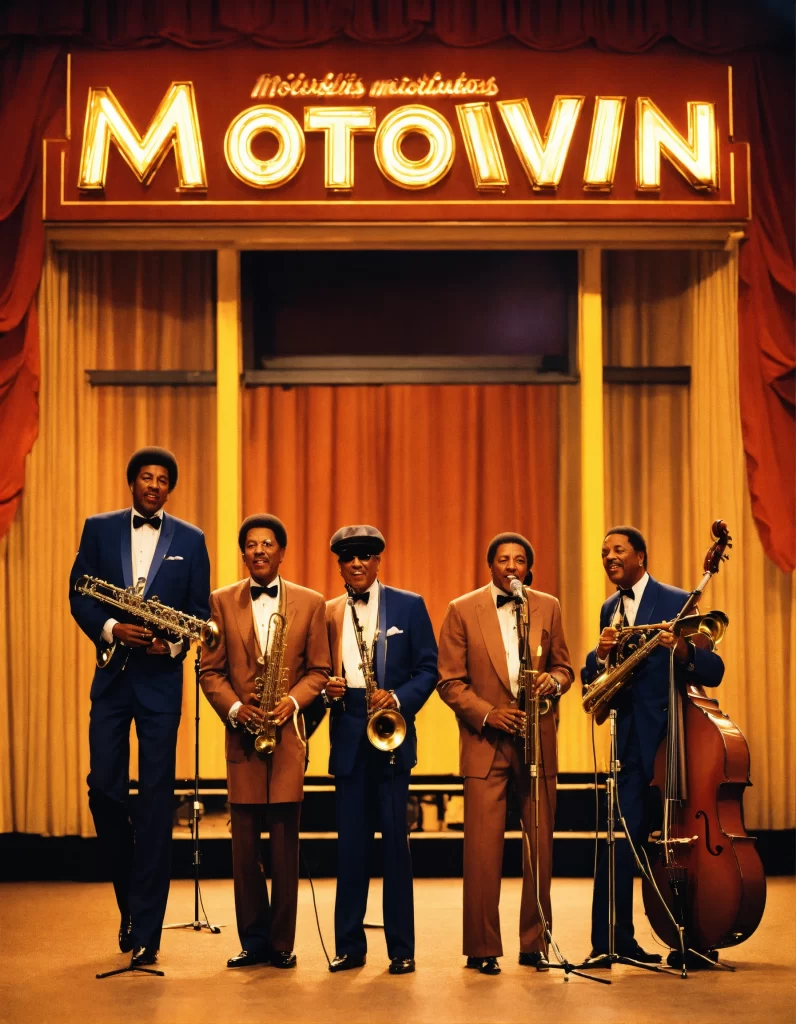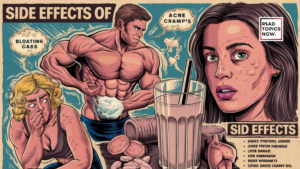
The Evolution of Jazz in the USA

Introduction to Jazz Music
Jazz, a genre deeply rooted in American soil, is more than just music; it’s a vibrant and dynamic reflection of the American cultural mosaic. Originating in the African American communities of New Orleans in the late 19th and early 20th centuries, jazz has evolved through various styles and eras, each contributing to its rich and diverse legacy. This article delves into the fascinating journey of jazz, highlighting its evolution, key figures, and enduring impact on American culture.
Early Beginnings
Roots in African American Communities
Jazz finds its roots in the African American communities, where the convergence of African rhythms and European harmonies gave birth to a unique musical form. The African influence is evident in the complex rhythms, call-and-response patterns, and the use of improvisation.
Influence of African Rhythms and European Harmonies
The synthesis of African and European musical elements created a new sound that was both innovative and reflective of the African American experience. African rhythms provided the foundation, while European harmonies added complexity and structure.
New Orleans: The Birthplace of Jazz
New Orleans, with its rich cultural diversity and vibrant nightlife, became the cradle of jazz. The city’s unique blend of French, Spanish, African, and Creole cultures created an environment ripe for musical experimentation and innovation.
The 1920s: The Jazz Age
The Rise of Jazz Music
The 1920s, known as the Jazz Age, marked the widespread popularity of jazz music. It became the soundtrack of the Roaring Twenties, reflecting the era’s exuberance and cultural dynamism.
Prohibition and Speakeasies
Prohibition played a significant role in the proliferation of jazz. Speakeasies, illegal bars that emerged during this period, became hotspots for jazz performances, allowing the genre to flourish despite legal restrictions.
Famous Jazz Musicians of the 1920s

Louis Armstrong
Louis Armstrong, a pioneering trumpet player and singer, revolutionized jazz with his virtuosic technique and charismatic stage presence. His contributions to the development of jazz are immeasurable.
Duke Ellington
Duke Ellington, a legendary bandleader and composer, elevated jazz to new heights with his sophisticated compositions and innovative arrangements. His orchestra became one of the most prominent jazz ensembles of the era.
Bessie Smith
Bessie Smith, known as the Empress of the Blues, brought a powerful and emotive vocal style to jazz. Her performances captivated audiences and left a lasting impact on the genre.
The Swing Era (1930s-1940s)
Characteristics of Swing Music
The Swing Era, characterized by a strong rhythm section and catchy melodies, dominated the jazz scene in the 1930s and 1940s. Swing music’s infectious rhythms made it perfect for dancing, contributing to its widespread appeal.
Big Bands and Their Leaders
Big bands, comprising large ensembles with sections of brass, woodwinds, and rhythm instruments, became the hallmark of the Swing Era. Leaders like Benny Goodman, Count Basie, and Glenn Miller became household names.
Swing Dance Craze
The Swing Era also saw the rise of swing dancing, with styles like the Lindy Hop and the Jitterbug becoming popular. Dance halls and ballrooms across America echoed with the sounds of swing music and the exuberant energy of dancers.
Impact of World War II on Jazz
World War II brought significant changes to the jazz scene. Many musicians joined the armed forces, and wartime restrictions affected the music industry. However, jazz continued to thrive, providing solace and entertainment during turbulent times.
Bebop and Modern Jazz (1940s-1950s)
The Birth of Bebop
The 1940s witnessed the emergence of Bebop, a revolutionary style that marked a departure from the dance-oriented swing music. Bebop was characterized by fast tempos, complex chord progressions, and intricate melodies.
Key Figures in Bebop
Charlie Parker
Charlie Parker, also known as “Bird,” was a pioneering saxophonist whose virtuosic playing and innovative improvisations redefined jazz. His influence on Bebop and modern jazz is profound.
Dizzy Gillespie
Dizzy Gillespie, a trumpeter with a distinctive style, was another key figure in the Bebop movement. His contributions to jazz extended beyond his playing, as he also played a crucial role in popularizing Afro-Cuban jazz.
Thelonious Monk
Thelonious Monk, a pianist and composer, brought a unique approach to Bebop with his unconventional melodies and harmonies. His compositions, such as “Round Midnight” and “Blue Monk,” are now jazz standards.
Characteristics of Bebop
Bebop’s emphasis on improvisation, technical mastery, and musical complexity set it apart from earlier jazz styles. It appealed to musicians and listeners who appreciated its intellectual and artistic challenges.
Evolution into Cool Jazz and Hard Bop
Bebop paved the way for other styles, including Cool Jazz and Hard Bop. Cool Jazz, with its relaxed tempos and softer dynamics, emerged in the 1950s, while Hard Bop incorporated elements of blues, gospel, and R&B.
The 1960s: Avant-Garde and Free Jazz
Introduction to Avant-Garde Jazz
The 1960s brought Avant-Garde Jazz, a genre characterized by its experimental approach and departure from traditional jazz conventions. This period saw musicians pushing the boundaries of jazz.
Pioneers of Free Jazz
Ornette Coleman
Ornette Coleman, a saxophonist and composer, was a pioneer of Free Jazz. His album “The Shape of Jazz to Come” challenged conventional notions of harmony and structure.
John Coltrane
John Coltrane, a saxophonist known for his spiritual and exploratory music, became a leading figure in Avant-Garde Jazz. His works, such as “A Love Supreme,” remain highly influential.
Social and Political Influence
Avant-Garde Jazz was deeply intertwined with the social and political movements of the 1960s. Musicians used their art to express their views on civil rights, freedom, and equality.
Jazz Fusion and the 1970s
Integration of Rock and Funk Elements
The 1970s saw the rise of Jazz Fusion, a genre that blended jazz with rock, funk, and electronic music. This fusion created a new, electrifying sound that attracted a broader audience.
Key Artists in Jazz Fusion
Miles Davis
Miles Davis, a trailblazing trumpeter, played a pivotal role in the development of Jazz Fusion. His album “Bitches Brew” is considered a landmark in the genre.
Herbie Hancock
Herbie Hancock, a versatile pianist and composer, embraced Jazz Fusion with his innovative use of synthesizers and electronic instruments. His album “Headhunters” remains a classic.
Weather Report
Weather Report, co-founded by Joe Zawinul and Wayne Shorter, became one of the most influential Jazz Fusion bands. Their music incorporated elements of world music and electronic sounds.
Technological Advancements and Jazz
The advent of new technologies, such as synthesizers and electric instruments, revolutionized jazz in the 1970s. These advancements allowed musicians to explore new sonic landscapes and expand the boundaries of jazz.
Contemporary Jazz (1980s-Present)
Evolution and Diversity in Styles
Contemporary jazz is marked by its diversity and constant evolution. Musicians today draw from a wide range of influences, creating a rich tapestry of sounds and styles.
Influence of Global Music
Global music has had a profound impact on contemporary jazz. Musicians incorporate elements from various cultures, creating a fusion that reflects the interconnectedness of the modern world.
Prominent Contemporary Jazz Artists
Wynton Marsalis
Wynton Marsalis, a trumpeter and composer, is known for his dedication to preserving and promoting traditional jazz. He is also a prominent advocate for jazz education.
Diana Krall
Diana Krall, a pianist and vocalist, has captivated audiences with her sultry voice and sophisticated interpretations of jazz standards. Her contributions to jazz continue to resonate.
Kamasi Washington
Kamasi Washington, a saxophonist and composer, has brought a fresh and innovative approach to jazz. His ambitious works, such as “The Epic,” have garnered critical acclaim.
Impact of Jazz on American Society
Cultural Integration and Influence
Jazz has played a crucial role in promoting cultural integration and influencing various aspects of American society. Its improvisational nature mirrors the American spirit of innovation and freedom.
Jazz and the Civil Rights Movement
Jazz was a powerful voice during the Civil Rights Movement. Musicians used their art to protest against racial injustice and advocate for social change.
Jazz Education and Preservation
Efforts to educate and preserve jazz are vital for its continued relevance. Institutions like Jazz at Lincoln Center and various jazz festivals play a key role in keeping the jazz tradition alive.
Famous Jazz Celebrities
Louis Armstrong
Louis Armstrong, a trumpeter, and singer, was one of the most influential figures in jazz history. His groundbreaking performances and charismatic personality made him a global icon.
Duke Ellington
Duke Ellington’s contributions as a composer, bandleader, and pianist were instrumental in shaping the development of jazz. His sophisticated compositions continue to be celebrated.
Miles Davis
Miles Davis, known for his innovative approach and constant reinvention, was a driving force in multiple jazz movements, including Bebop, Cool Jazz, and Jazz Fusion.
Ella Fitzgerald
Ella Fitzgerald, renowned for her impeccable vocal technique and improvisational skill, earned the title “First Lady of Song.” Her interpretations of jazz standards are legendary.
John Coltrane
John Coltrane’s profound and spiritual music left an indelible mark on jazz. His explorations of modal and free jazz continue to inspire musicians.
Herbie Hancock
Herbie Hancock’s versatility and innovation have made him a central figure in jazz. His work spans various styles, from traditional jazz to electronic music.
FAQs
What is Jazz Music?
Jazz is a genre of music characterized by its use of improvisation, complex rhythms, and harmonies. It originated in the African American communities of New Orleans in the late 19th and early 20th centuries.
Who are the most famous Jazz musicians?
Some of the most famous jazz musicians include Louis Armstrong, Duke Ellington, Miles Davis, Ella Fitzgerald, John Coltrane, and Herbie Hancock.
How did Jazz originate?
Jazz originated in New Orleans, influenced by African rhythms, European harmonies, and the unique cultural melting pot of the city.
What are the different styles of Jazz?
Jazz encompasses various styles, including New Orleans Jazz, Swing, Bebop, Cool Jazz, Hard Bop, Free Jazz, Jazz Fusion, and Contemporary Jazz.
How has Jazz influenced other music genres?
Jazz has significantly influenced other music genres, including rock, funk, hip-hop, and classical music, through its emphasis on improvisation and complex musical structures.
What is the significance of New Orleans in Jazz history?
New Orleans is considered the birthplace of jazz, where the genre first emerged and evolved, influenced by the city’s rich cultural diversity.
How did the Jazz Age impact American culture?
The Jazz Age, or the 1920s, was a period of cultural transformation in America, where jazz music became a symbol of modernity, freedom, and social change.
What is Bebop in Jazz?
Bebop is a style of jazz that emerged in the 1940s, characterized by fast tempos, complex chord progressions, and a focus on improvisation.
Who pioneered Free Jazz?
Free Jazz was pioneered by musicians like Ornette Coleman and John Coltrane, who sought to break away from traditional jazz structures and explore new musical territories.
What is Jazz Fusion?
Jazz Fusion is a genre that emerged in the late 1960s and 1970s, blending elements of jazz with rock, funk, and electronic music.
Conclusion
The evolution of jazz is a testament to its resilience and adaptability. From its humble beginnings in New Orleans to its current global influence, jazz has continuously reinvented itself, reflecting the changing dynamics of society. Its rich history and profound impact on American culture underscore the importance of preserving and celebrating this extraordinary art form. Whether through listening, learning, or performing, we can all contribute to keeping the spirit of jazz alive.
Get Curated Post Updates!
Sign up for my newsletter to see new photos, tips, and blog posts.

I blend engineering prowess with MBA insights, embracing life with perspective and imagination. My mantra? ‘Get busy living or get busy dying.’ Fascinated by tech, geopolitics, AI, sports, cinema, and jazz.





